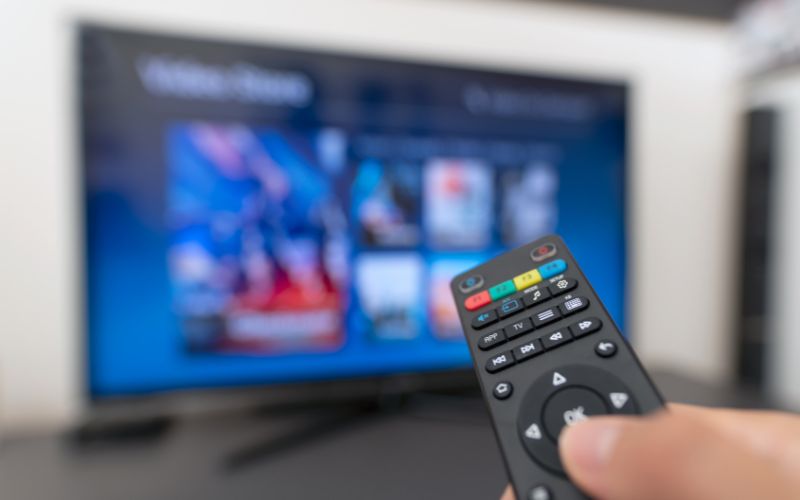In recent years, the landscape of television has experienced a profound transformation, largely attributed to the ascent of streaming services. The days of being tied to set broadcast schedules and limited content options are a thing of the past. Streaming platforms have disrupted the conventional television model, offering an unparalleled level of convenience, variety, and personalization. In this article, we will delve into the ways in which streaming services are reshaping the television sphere and influencing our television consumption habits.
The Surge of Streaming Platforms
Streaming services, exemplified by Netflix, Amazon Prime Video, Hulu, Disney+, and numerous others, have witnessed a meteoric rise, swiftly becoming household names. These platforms deliver on-demand access to a vast repository of films, TV series, documentaries, and exclusive content. Departing from the traditional cable or satellite TV model, which dictated viewing schedules, streaming services empower viewers to decide when and what they want to watch.
- Flexible Viewing: Perhaps one of the most prominent transformations brought about by streaming services is granting viewers autonomy over their viewing experience. The concept of binge-watching entire seasons of a TV series in a single sitting has become a cultural phenomenon. This flexibility empowers viewers to set their own pace and engage with content at their convenience.
- Tailored Recommendations: Streaming platforms employ sophisticated algorithms and user data to furnish personalized content recommendations. By analyzing a viewer’s viewing history, preferences, and feedback, these services offer customized suggestions, facilitating the discovery of new shows and films that align with individual tastes.
- Original Content: Streaming services have made substantial investments in producing top-tier original content. Series such as “Stranger Things,” “The Crown,” and “The Mandalorian” have garnered critical acclaim and attracted substantial audiences. This pivot toward original programming has presented a formidable challenge to traditional networks and cable channels, compelling them to adapt to this evolving landscape.
- Cord-Cutting: The proliferation of streaming services has ushered in a trend known as cord-cutting, where viewers opt to terminate their cable or satellite subscriptions in favor of streaming platforms. This shift underscores the evolving preferences of contemporary consumers, who seek more cost-effective and flexible alternatives.
Impact on Traditional Television
Conventional television networks have had to reconsider their strategies and conform to the streaming era. Many have launched their own streaming services, such as NBC’s Peacock and CBS All Access (now Paramount+), in a bid to compete in the digital realm. Additionally, select cable providers have introduced streaming bundles that amalgamate conventional channels with on-demand streaming services.
Advertising has also experienced a metamorphosis in response to streaming services. Ad-supported streaming alternatives, exemplified by Hulu, have arisen as a counterbalance to the ad-free experience proffered by platforms like Netflix. Advertisers are exploring novel avenues to connect with audiences, including product placements and exclusive collaborations with streaming platforms.
The Future of Television
Streaming services have not only revolutionized the way we consume television but have also left an indelible mark on content creation itself. The availability of diverse and specialized content on streaming platforms has fomented increased creativity and experimentation in the industry. Storytellers enjoy greater freedom to explore unique narratives, and the competition for viewers’ attention has elevated the quality of content.
Furthermore, the integration of smart TVs, streaming devices, and mobile apps has made accessing streaming content more convenient than ever before. This ease of access has solidified streaming services as the predominant mode of television consumption for many.
Streaming services have perturbed the traditional television landscape, offering viewers an expanded array of choices, control, and convenience. As cord-cutting continues to gain momentum and streaming platforms invest heavily in original content, our perception of television is undergoing a significant evolution. Traditional networks and cable providers are adapting to this changing landscape, and the future of television is poised to be shaped by the innovations and disruptions stemming from streaming services. It is evident that streaming is not a passing trend but a fundamental shift that is firmly entrenched in our television landscape.
